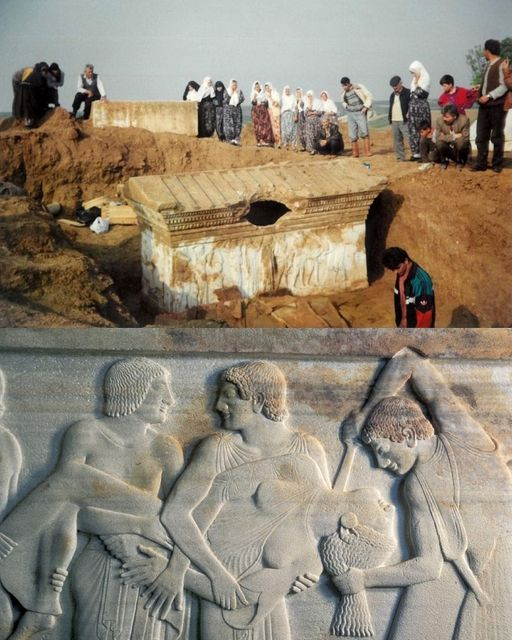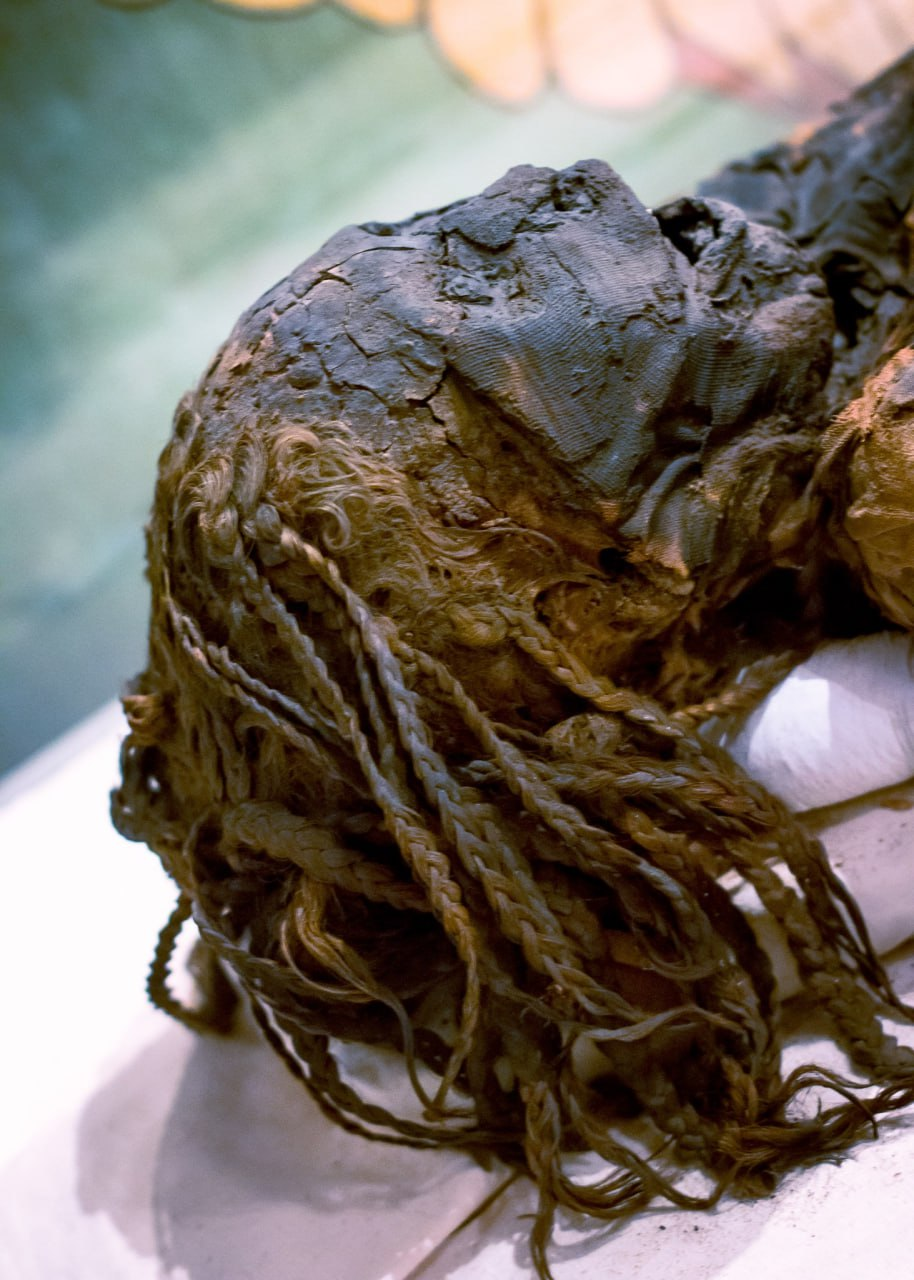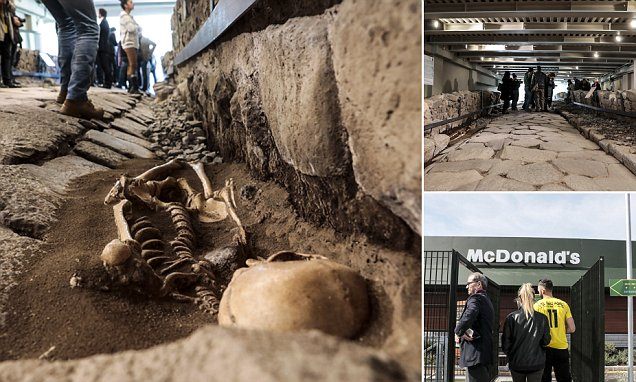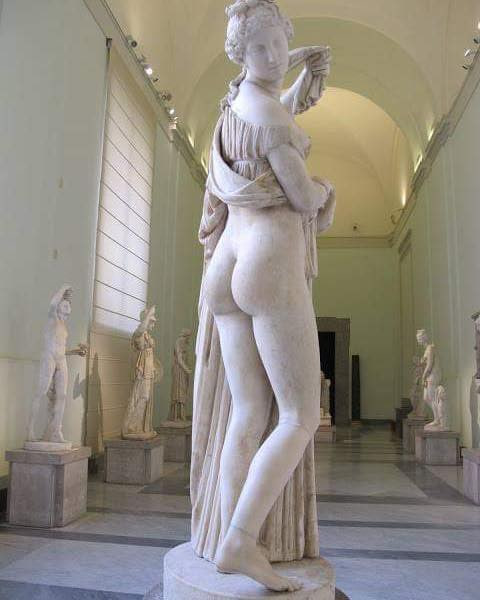In the hallowed corridors where art and myth intertwine, William Henry Rinehart’s neoclassical sculpture "Latona and Her Children, Apollo and Diana" holds a place of reverence. This 19th-century masterpiece captures the grace of antiquity, telling a story steeped in divine legacy through the silent language of marble.
Rinehart, a noted American sculptor, carved this work out of pristine marble, giving form to the mythological figure Latona (Leto in Greek mythology) and her divine twins, Apollo and Diana (Artemis). The composition reflects the trials and triumphs of Latona, who, according to legend, was persecuted by Hera but ultimately found refuge to birth the future deities.

The sculpture is imbued with a tender realism, portraying Latona in a moment of maternal solitude, her gaze downward in contemplative protection over her offspring. Apollo, the future sun god, is shown in repose, his cherubic innocence a stark contrast to the formidable god he would become. Beside him, his sister Diana, the huntress, is depicted with a peaceful yet vigilant countenance.
Rinehart's work is celebrated for its fluidity and detail, which bring the mythological narrative to life. The drapery of Latona's garments cascades over her form with such softness and intricacy that one can almost sense the texture of the fabric. The artist’s mastery is evident in the way the marble mimics the softness of flesh, the gentle curls of hair, and the subtle features of the divine children.

"Latona and Her Children" stands as a testament to Rinehart’s skill and as a representation of the values of its time. Created during a period when American artists were turning to European techniques and classical subjects to express their artistic aspirations, this sculpture embodies the spirit of American neoclassicism.
Beyond its technical brilliance, the sculpture speaks to the universal themes of motherhood, resilience, and protection. Latona’s story resonates with the notion of enduring love and the lengths to which a mother will go to shield her children, a narrative as relevant today as it was in the age of myth.

In the marble visages of Latona, Apollo, and Diana, Rinehart has frozen a moment of mythological time, allowing us to reflect on the poignancy of ancient stories and the enduring nature of parental bonds. His work invites contemplation on the interplay of divine tales with human emotions, reminding us that the gods of old were but reflections of our deepest human experiences, exquisitely captured in stone by artists like Rinehart.










